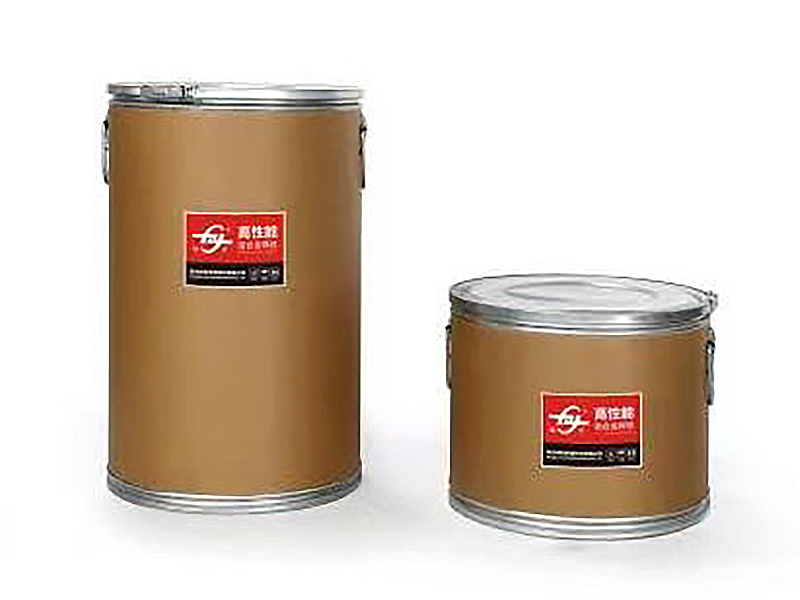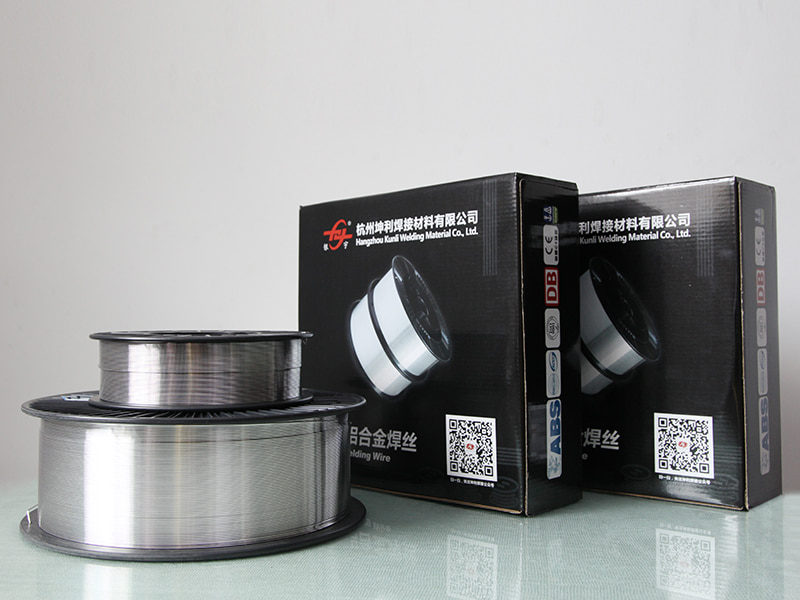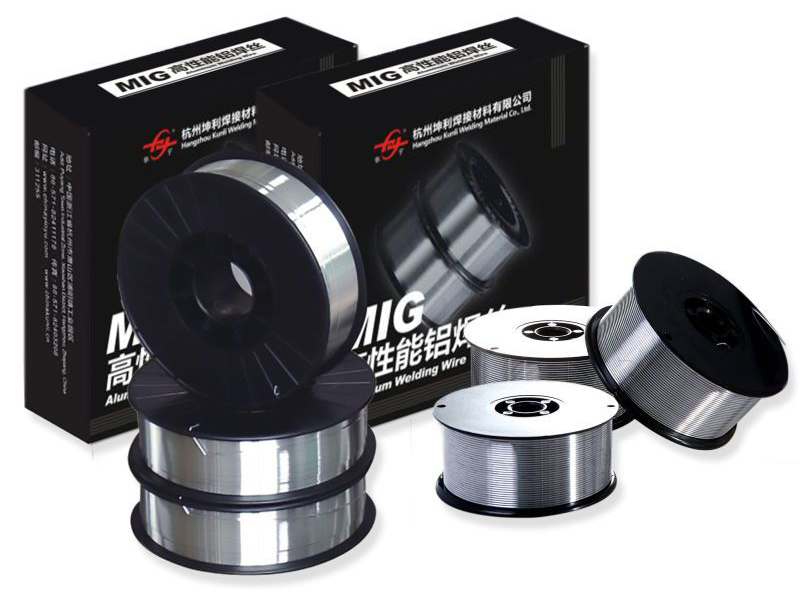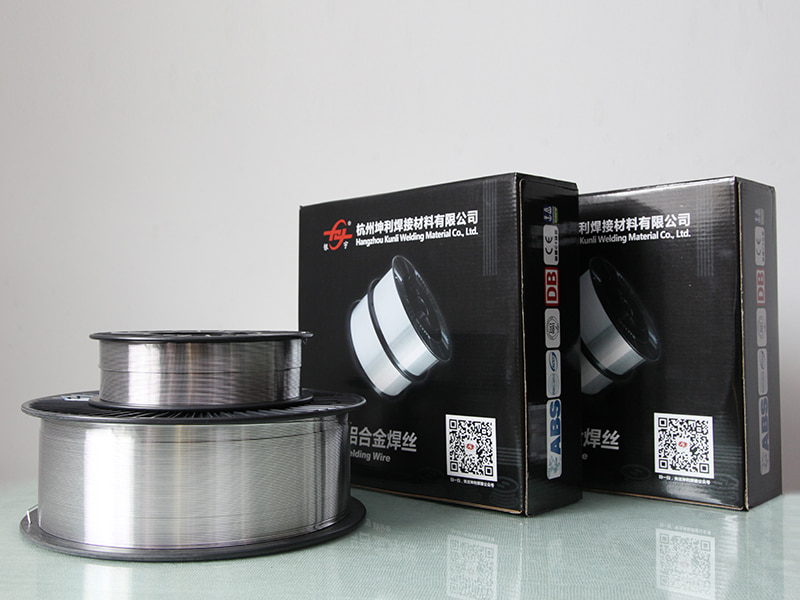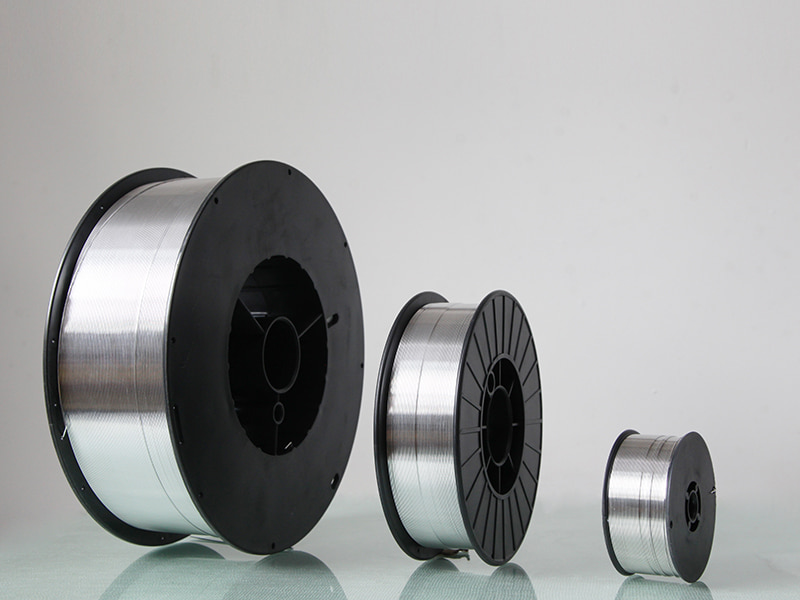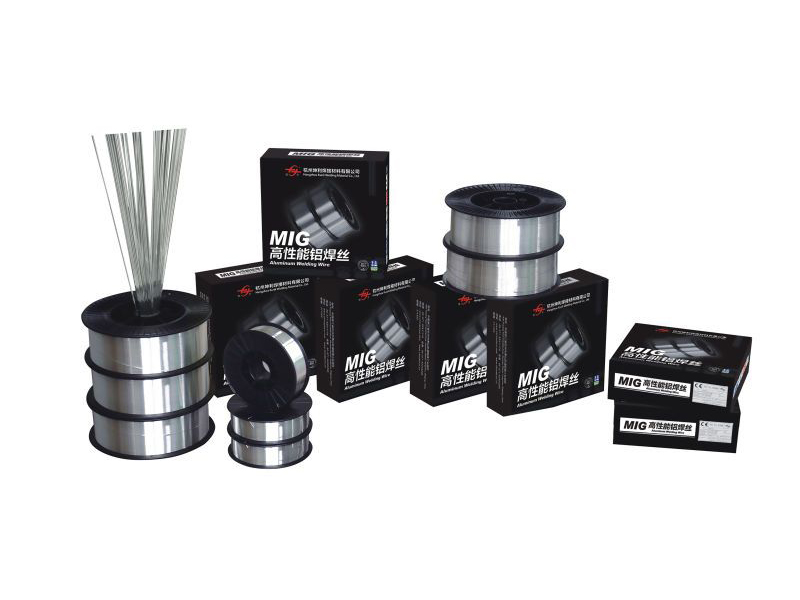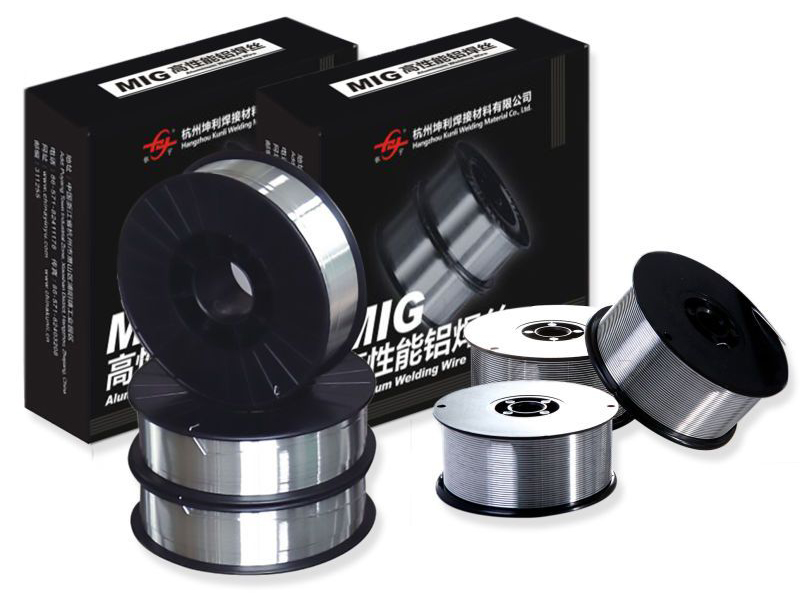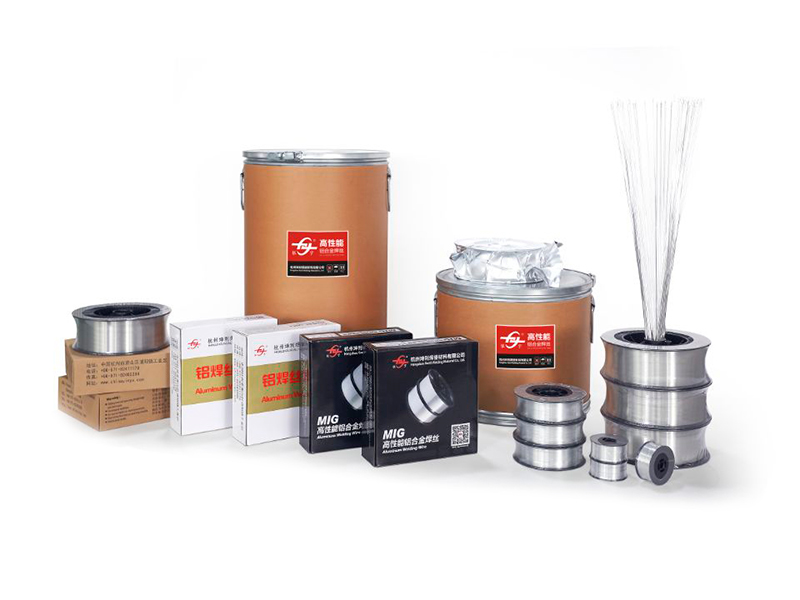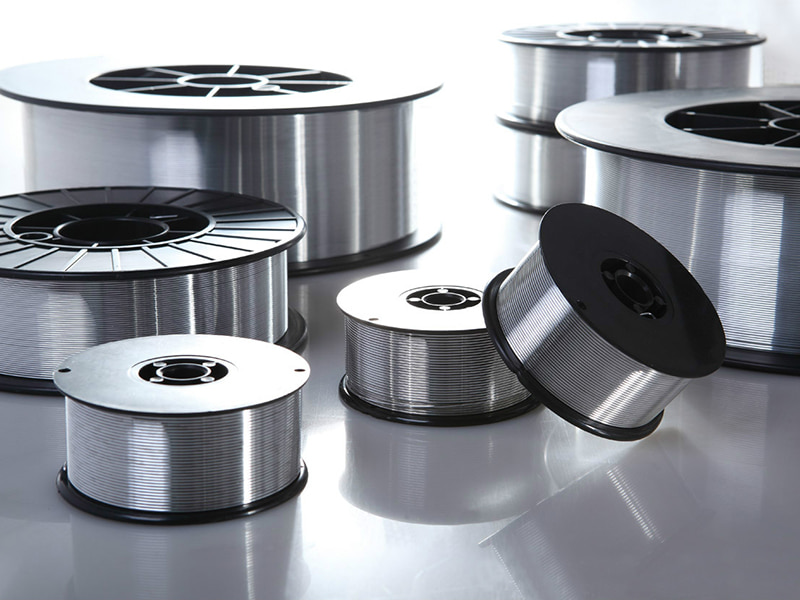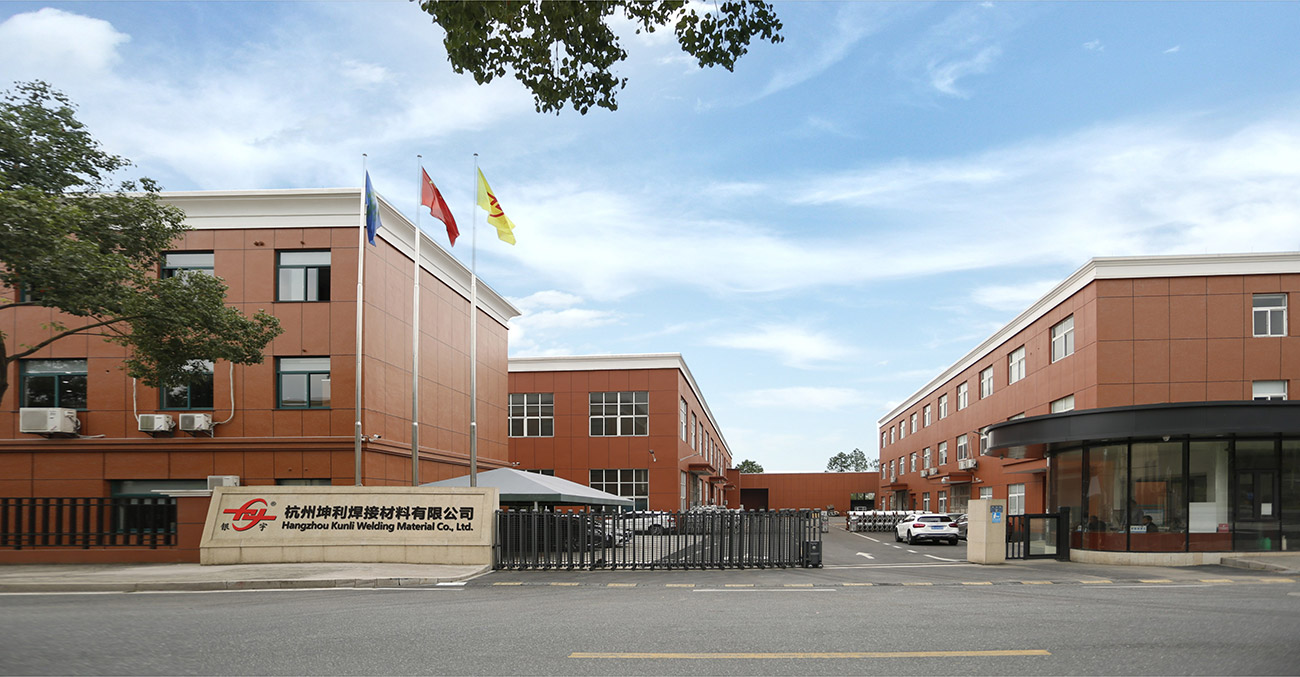Introduction
The construction of modern aluminum bridges and large architectural structures requires welding consumables capable of delivering high static and fatigue strength under continuous load. Our specialized 5XXX series wires are produced to meet demanding structural codes. The consistency in wire feed and arc stability is key for field welding large, thick-section aluminum plates, ensuring every critical joint meets the required engineering specifications for long-term safety and minimal maintenance.
Specification
| Classification (AWS) | ER5183 / ER5356 |
| Key Property | High ultimate tensile strength (UTS) and fatigue life |
| Base Metal Compatibility | 5083, 6061, and other structural aluminum plate alloys |
| Quality System | Manufactured under ISO 9001 and CE/DB standards |
| Deposition Rate | Optimized for high-productivity structural welding |
Applications
Fabrication of aluminum bridge decks and supporting trusses.
Welding large aluminum girders and load-bearing architectural elements.
Construction of large dome structures and space frames.
On-site repair and reinforcement of existing aluminum civil structures.
FAQ
- Q: Why is aluminum used for bridge construction and what filler metal is typically required?
- A: Aluminum is chosen for its light weight, which reduces dead load, and its corrosion resistance. The high-strength alloys like 5083 and 6061 typically require ER5183 or ER5356 filler metals for optimal strength retention.
- Q: Do these wires comply with European structural steel and aluminum welding standards?
- A: Yes, our structural welding wires are produced under systems that align with European standards and often carry certifications like CE and DB, confirming their suitability for structural applications.
 English
English Deutsch
Deutsch
 English
English Deutsch
Deutsch

